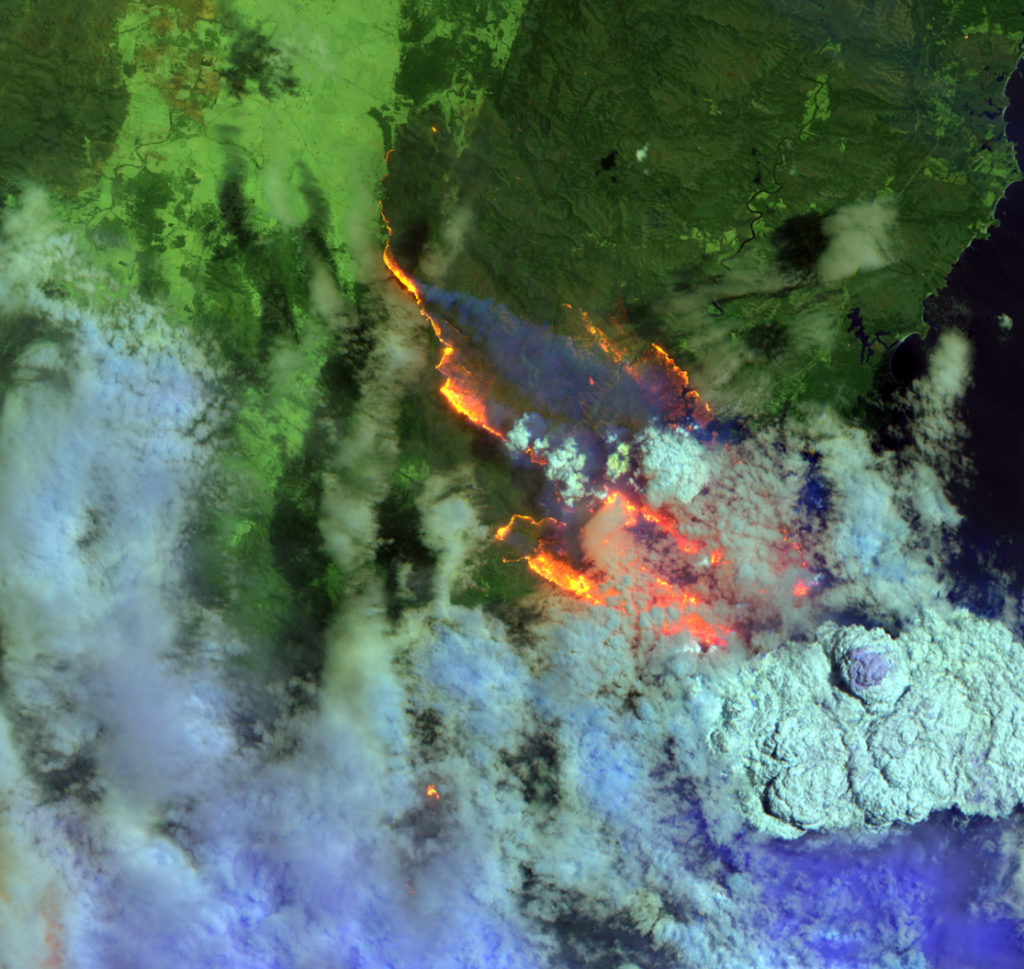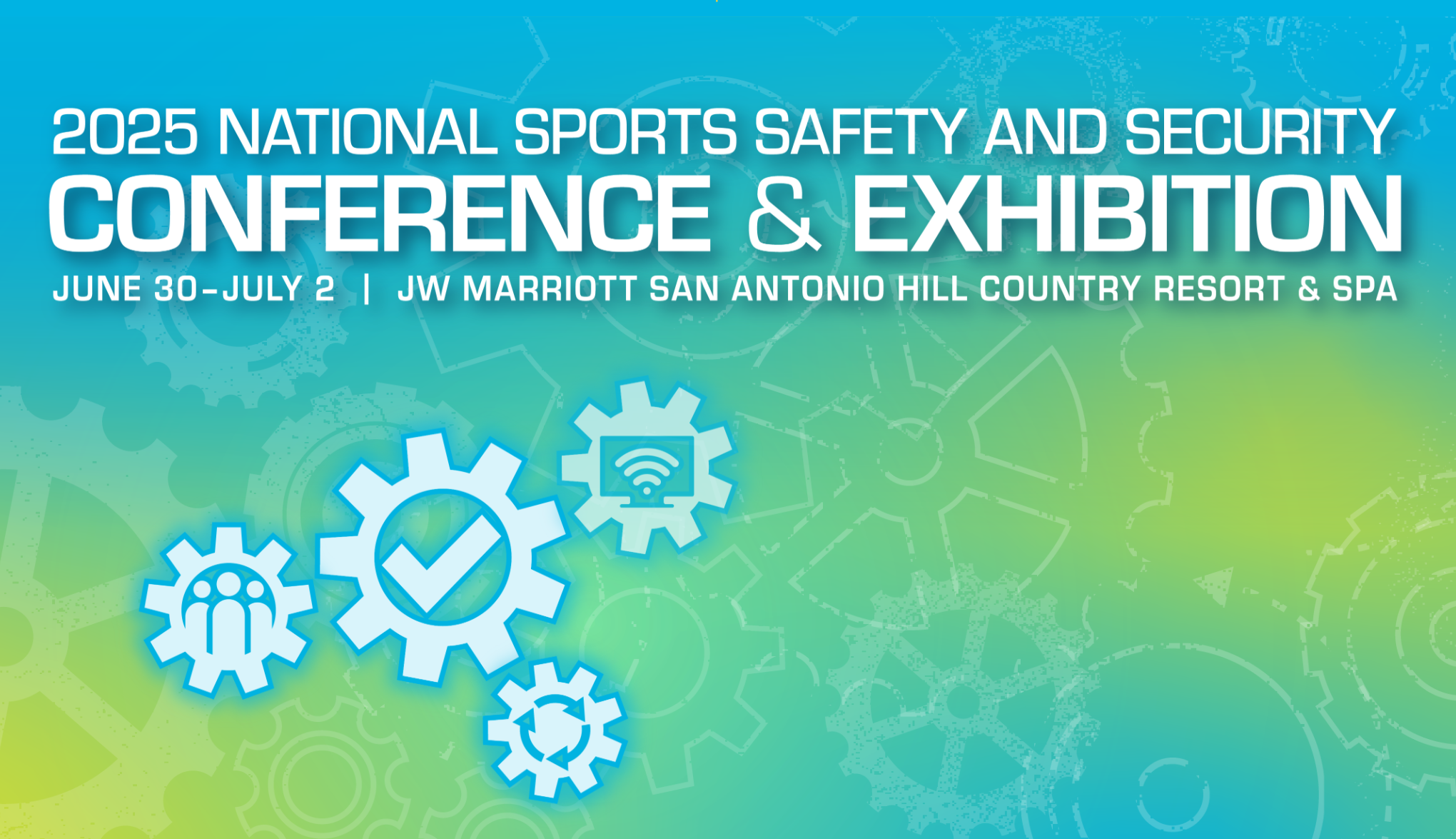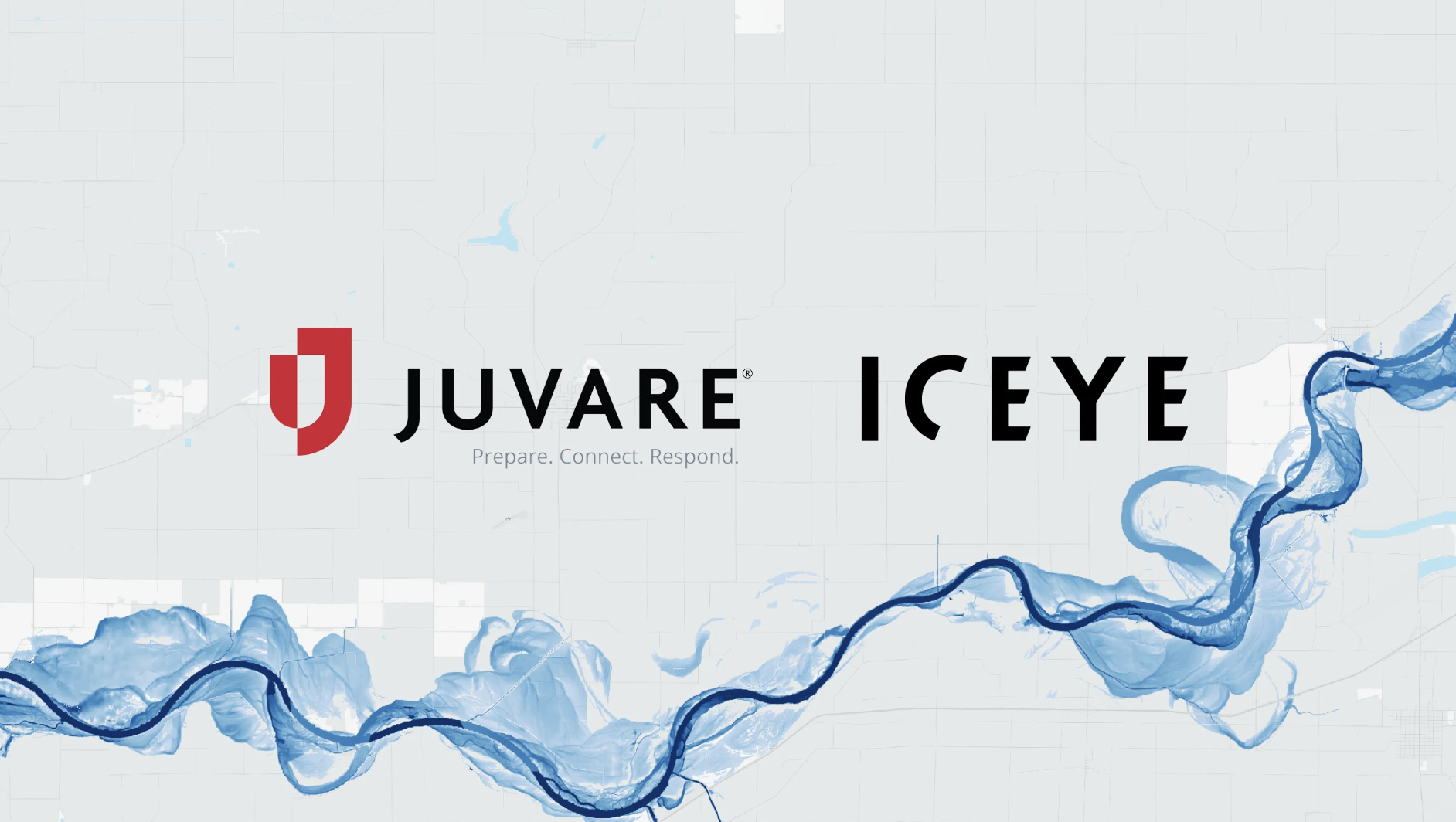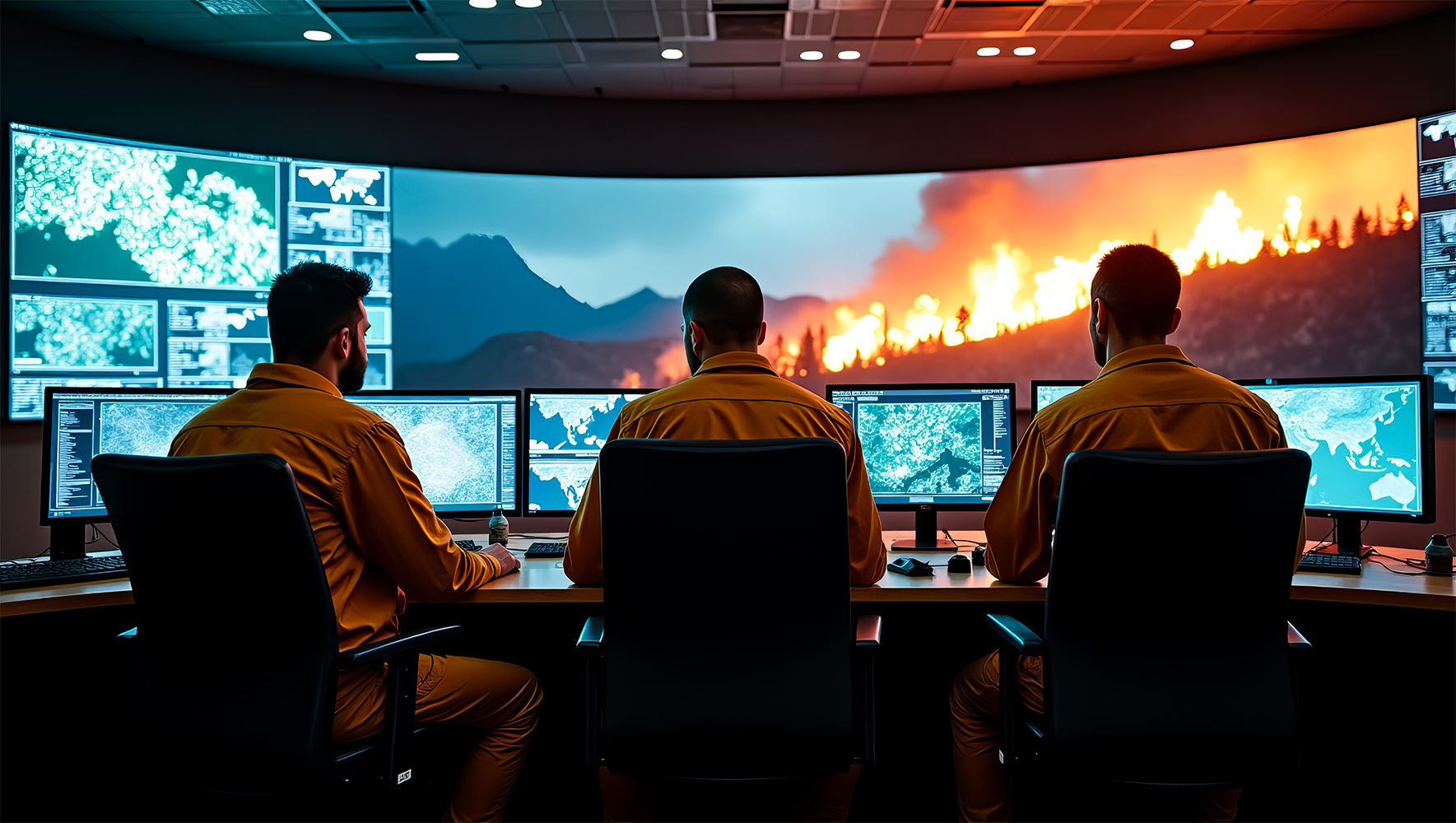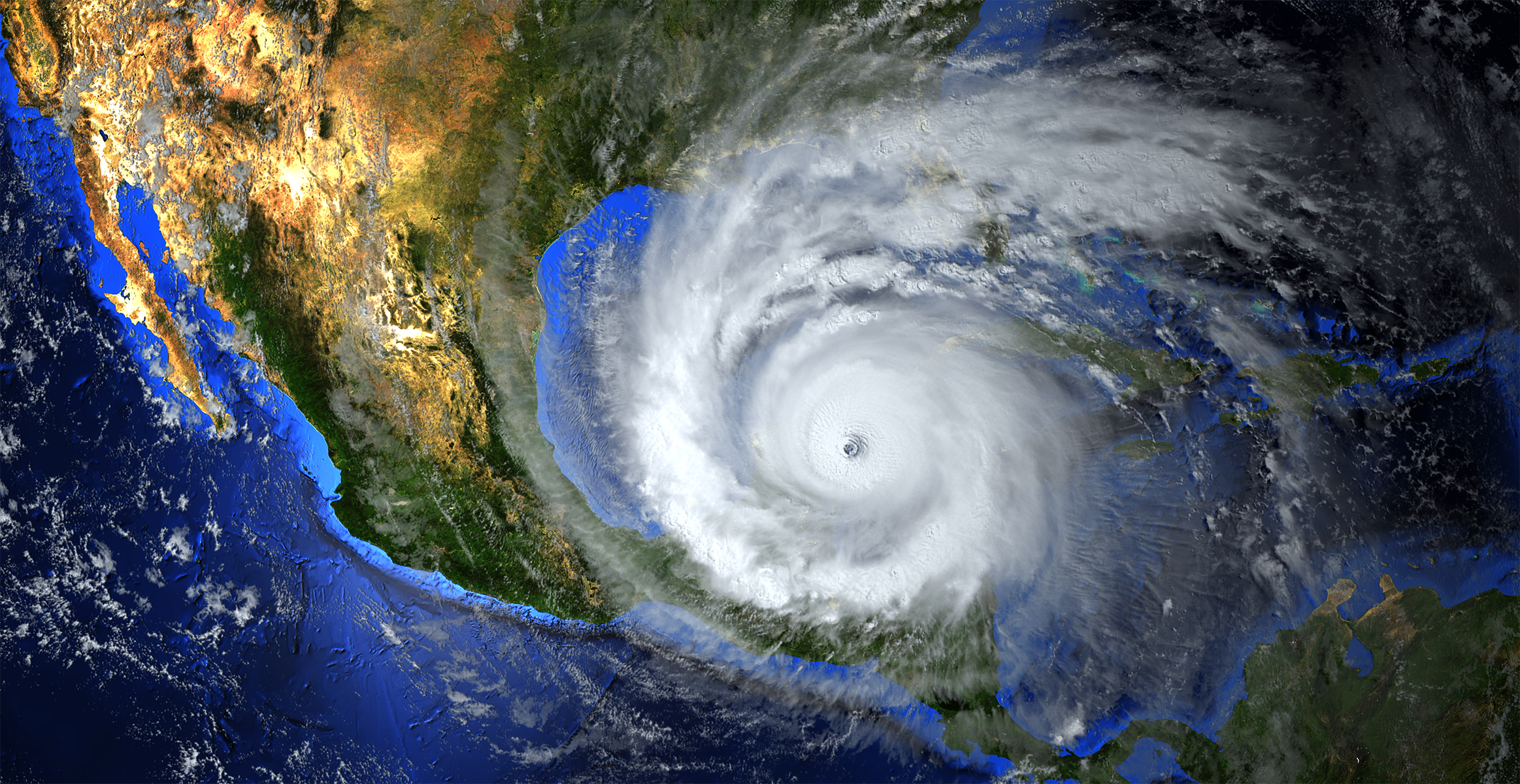Drier than normal conditions over the past several months along with gusty winds has led to raging wildfires over thousands of acres in the Florida panhandle this week and prompted evacuations of as many as 1,600 people.
Juvare is working hard to support our partners in emergency management and local, state, and federal agencies working across the state of Florida in response to the wildfires – many who are coordinating response efforts using Juvare technologies such as WebEOC.
Two major fires are located in Santa Rosa and Walton counties, which is situated between the cities of Pensacola and Panama City Beach, and a third fire is located in Escambia County near the Florida and Alabama state line.
The largest, the Five Mile Swamp Fire in Santa Rosa County, covers about 2,000 acres and as a result, several homes and buildings have been damaged or destroyed, and several roads have been closed in the area. The state department of transportation reported that nine miles of Interstate 10 were closed because of heavy smoke.
Wildfires just the start of a busy season in Florida
In addition to the wildfires, this year could potentially be a difficult one for the state of Florida. The 2020 Atlantic Hurricane Season, which runs from June 1 to November 1, is only weeks away and with higher temperatures in the tropical Atlantic, early meteorological predictions call for a higher than average number of major hurricanes and tropical storms making landfall on the U.S. coastline and in the Caribbean.
Continued concerns about COVID-19 could potentially complicate matters in the event of evacuations and shelters, where social distancing could still be a consideration.
Juvare is proud to work in partnership with nearly all of the 67 counties in Florida, as well as many local municipalities and federal agencies who use WebEOC emergency management platform to plan for and respond to emergencies.
Using WebEOC, emergency managers can track all aspects of the preparations of emergencies such as wildfires, hurricanes, or other critical incidents for a comprehensive, real-time common operating picture for supporting emergency response activities and information, including information requests, deployment of equipment and personnel, shelter availability, requests for resources, situation reports, and public messaging.









